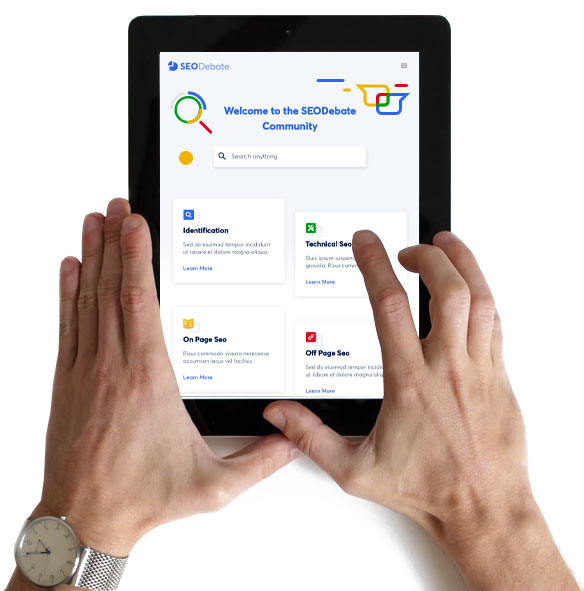Filters
Do you have any new tool to suggest?
Optimizely
Visit ToolContentsquare
Visit ToolUser Testing
Visit ToolUsabilityHub
Visit Toolmouseflow
Visit ToolQualaroo
Visit ToolUserZoom
Visit Toolinspectlet
Visit ToolFrequently asked Questions
Free & Paid User Experience Tools for Usability
Improve Your Site's Usability with User Experience Tools
Making a website easy and enjoyable for people to use is extremely important for the website to be successful. Using special user experience (UX) tools can really help make improving the user experience much easier. These UX tools provide very valuable data and insights into exactly how users interact and behave on the website.
One major benefit of UX tools is they give data-driven insights based on actual user behaviour data. By using website analytics UX tools, designers and developers can see how users navigate through each page, which pages or features are used the most, and where users might run into problems or get confused. Having this real user data allows them to optimize and tweak the site's design and functionality to create a much better overall experience.
UX tools are also super helpful for creating prototypes and initial wireframe layouts for websites. With these tools, designers can build and test out multiple different design options before finalizing anything. This iterative process of making changes and getting feedback on each prototype lets them identify the best possible design elements that will maximize user engagement. It ensures the final finished design is optimized from a user perspective.
Usability testing is another big area where UX tools provide a ton of value. With special usability testing tools, designers can get extremely valuable feedback directly from users on how usable and intuitive the actual website is. They can identify any usability problems or friction points in the site's design, navigation menus, or core functionality.
Finally, accessibility for users with disabilities is a crucial aspect of good usability that UX tools help with. These tools provide clear accessibility guidelines and testing capabilities to verify the website is easily accessible to all users, regardless of any physical or cognitive disabilities someone might have.

